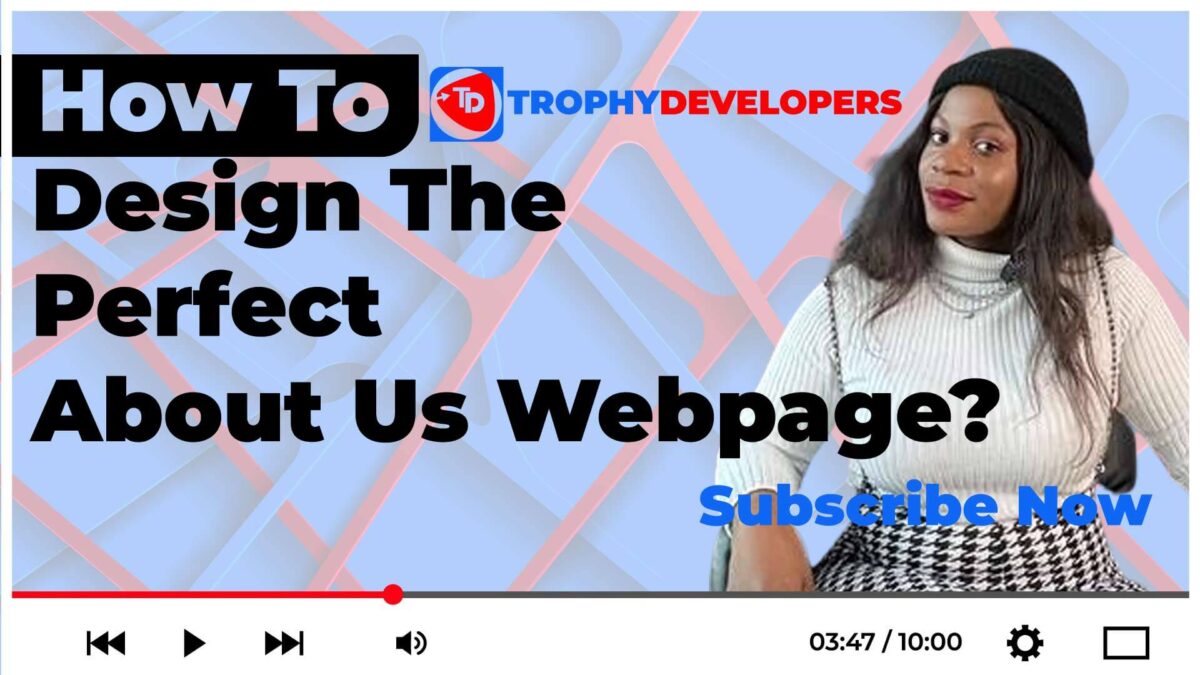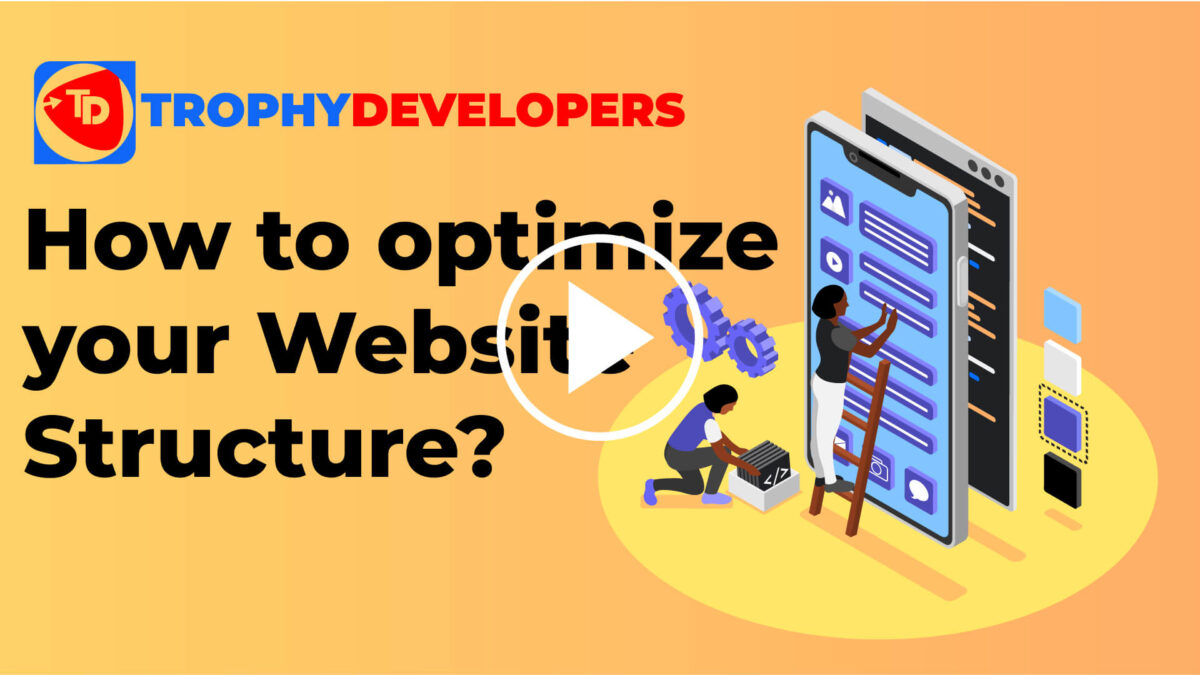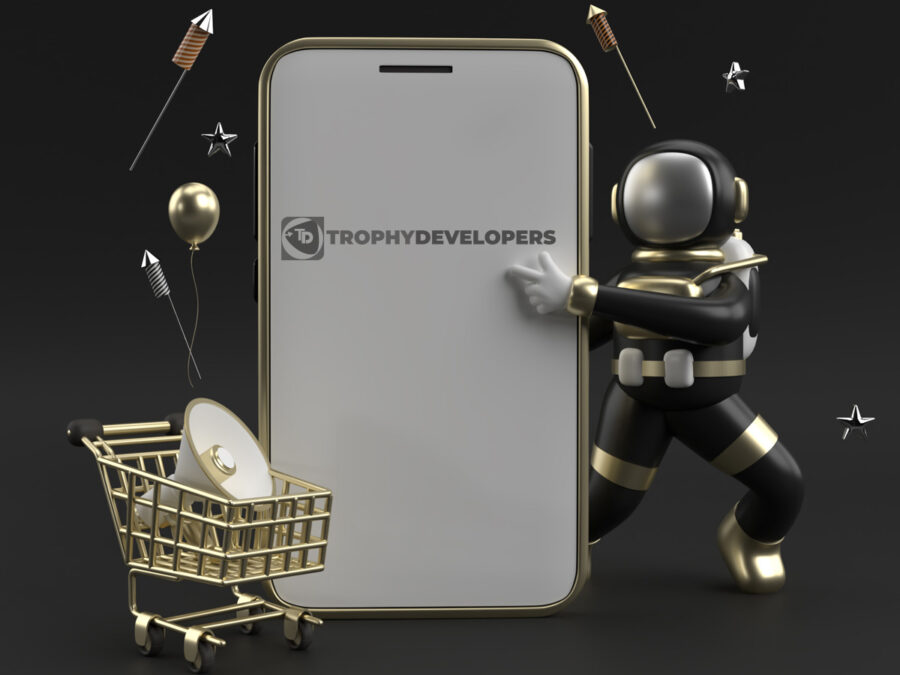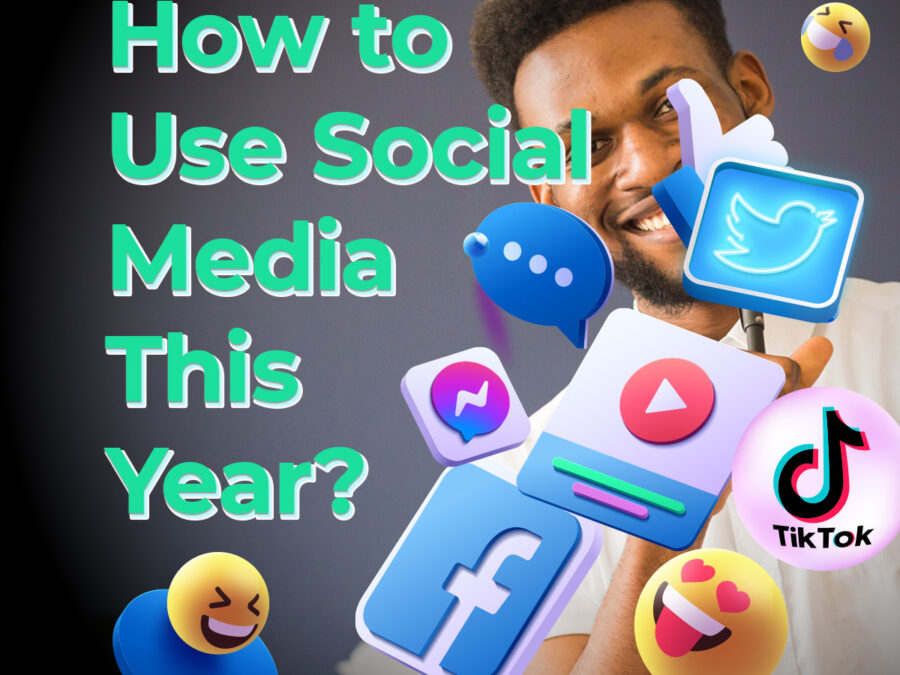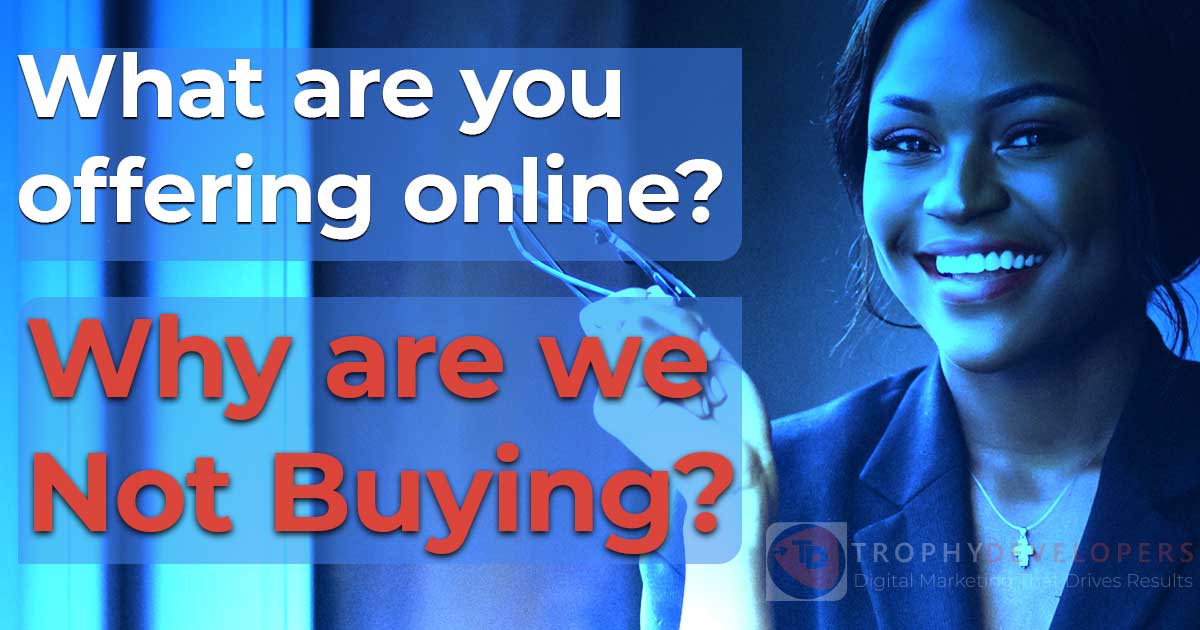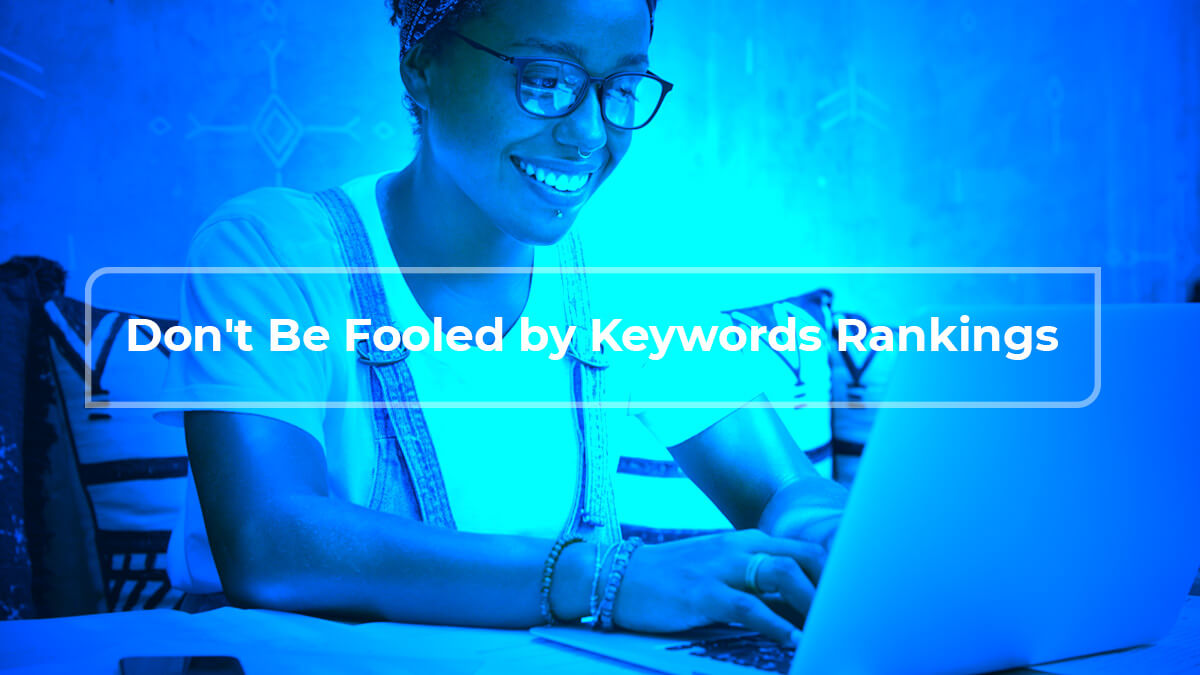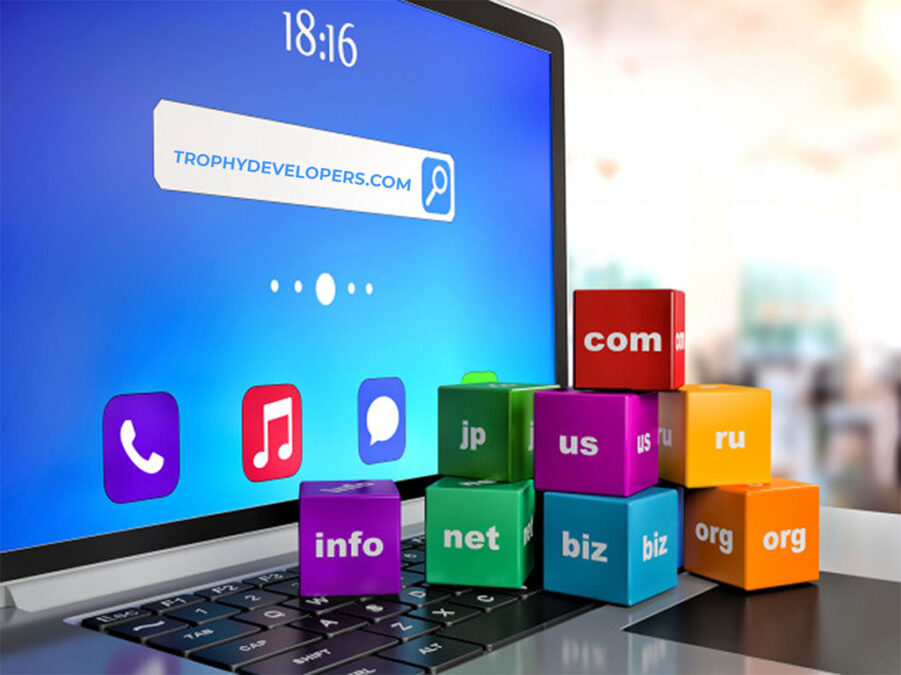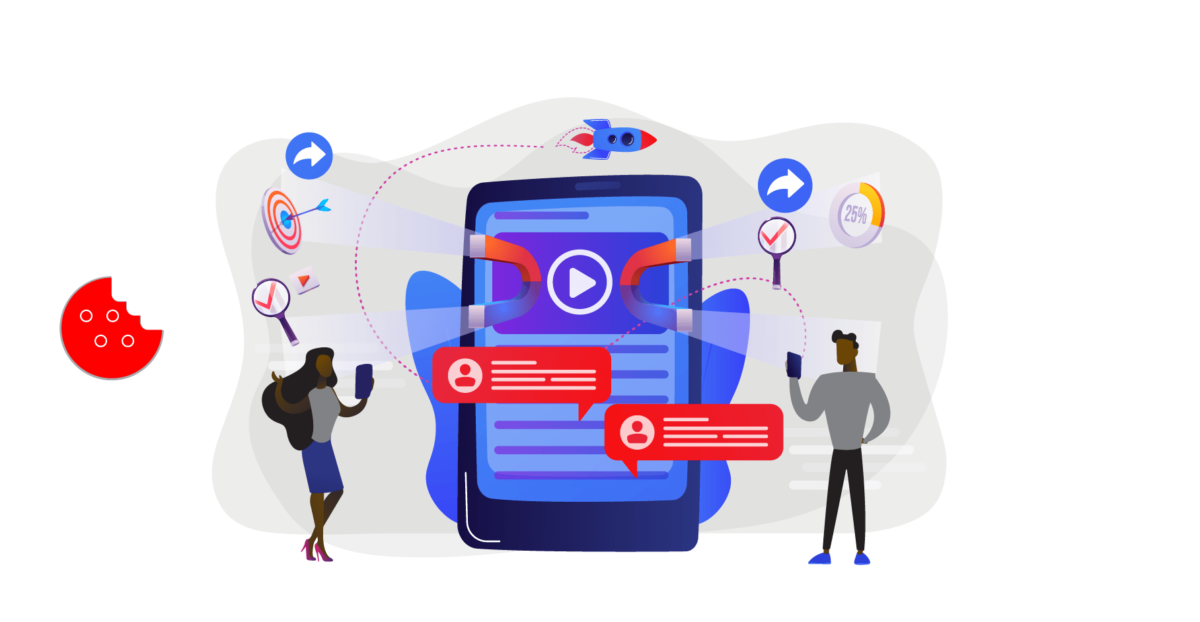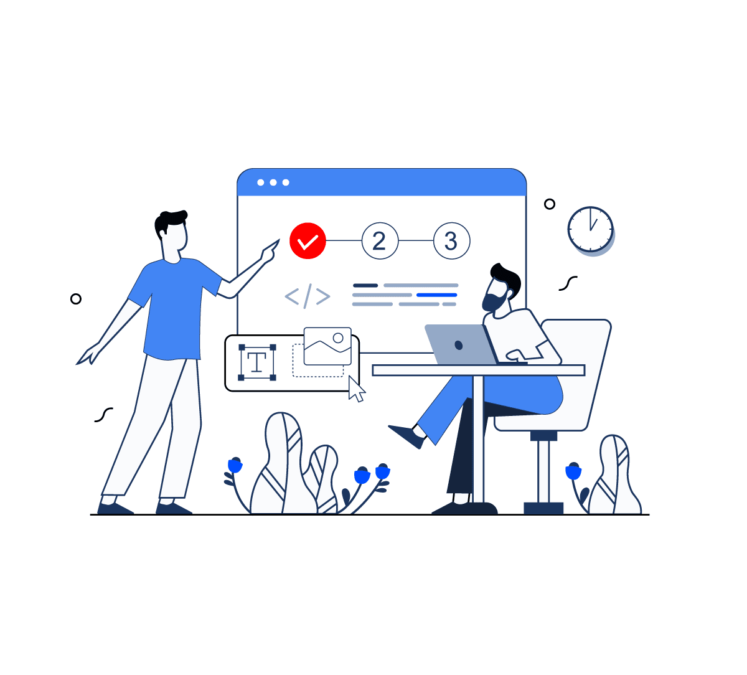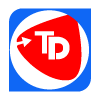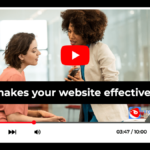
Tips on creating a website for your business
August 31, 2020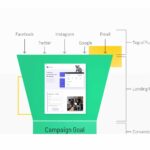
How to Convert Your Web Visitors into Customers? Landing Web pages
December 4, 2020How to make your website convert its visitors into customers?
Every website page has one goal. It could be to distribute information, capture peoples’ information like an e-mail address, or sell a product/service.
There’s a reason you’re putting an effort into digital marketing.
Your goal is for your visitor to take some sort of action after they land on your website. Now, depending on your audience, you’ll have between two (2s) and six(6s) seconds to convince them to stay once they’ve arrived.
What happens is these visitors will click, take a glance, and then bounce from your site if they’re not interested. So ideally, you’re driving this traffic to a specific landing page.
Having specific destinations allows you to reinforce the decision to click, provide an attention-grabbing visual or headline, and frame the information in a way that helps you achieve your goal.
Now, some new visitors like people from Google my Business might inevitably arrive on your homepage and that’s okay, but it’s important to avoid campaigns that drive visitors directly to your homepage.
It’s the least conversion-friendly page on your website since it tends to be fairly broad.
How to make your website convert?
The key to making your website convert is to build goal-specific landing pages. These landing pages come in a few varieties,
but let’s focus on the four most common types of web pages design that convert:
Teaser landing web pages,
Squeeze landing web pages,
Infomercials landing web pages
Viral pages landing web pages.
These are all the ones you’ve likely encountered as you’ve browsed the web.
The teaser landing web page.
The teaser page gives your web visitor just enough information
to get them to click through to the next step of your process.
Teaser pages are useful for products that are nearing launch.
By creating anticipation and excitement, you can convince the visitor to take an action such as:
- Providing an e-mail address
- Pre-ordering/Sign up for a free trial
- Subscribe to your newsletter
You can also use these pages to tease out any unqualified leads.
If you have a special product for a select audience, you can leverage teaser pages to ask them questions one step at a time, slowly revealing more about your product or offer depending on the answers.
2. The squeeze landing web page
It captures content and qualifying lead information
The goal of the squeeze page is to capture content and qualifying lead information. Typically, a visitor exchanges their contact information for something of moderate value. Say:
- A webinar,
- EBook
- Exclusive discount.
The lead information can be as simple as an e-mail or as complex as four or five pre-qualifying questions.
A good squeeze page keeps the message above the fold, stays on target, and has a strong enough value to be effective.
3. The viral landing web page
The goal of a viral landing page is to invite your customers to enlist their friends. You might have a reward that is earned through a number of shares. For example:
- For each friend who signs up, you’ll get a five-dollar credit.
Your viral web landing page might include a funny video or an infographic to convert web visitors in customers.
4. The infomercial landing web page
Provides all the information about the product and includes a special offer
Now finally, we have the infomercial page. These are typically designed in the same style as an infomercial you’d see on TV. The idea is one page, typically a long page, and you’ll share all the information about the product:
- What it is,
- How it works,
- Its benefits,
- Testimonials, and a special offer if you buy them today.
Infomercial pages are effective at driving sales for certain products and are typically used by affiliate marketers when running large campaigns.
How to develop and select the right type of landing web page?
To build your landing page, select the right type, and then focus on these five things.
1. Define the goal,
- What needs to happen?
2. Specify the information you need from people to accomplish the goal.
- Their e-mail?
- Phone number?
- Credit card?
3. Outline what your website visitors need to do.
- Do they need to fill out a form?
- Invite a friend? And so on
Define the target audience’s shared Value
- What information do people need to be convinced? And What is of shared value to them?
5. Track the results
And finally, how will you track the results?
It’s important to make sure your landing page has your logo, an explanation of the offer a very compelling headline, related testimonials, and links to reviews, along with a strong call to action.
After you build your landing page or if you already have pages on your site executing these goals, it’s important to continuously improve them.
When someone starts by clicking on your link, maybe fills out the first page but then never enters their credit card, they’ve abandoned it.
You want to fix abandonment by finding the pain point, but here’s why this is important. If you fix conversions, you can increase your revenue without having to increase your traffic. So 1000 visitors at a one percent conversion rate would equal 10 sales and 10,000 visitors at a three percent conversion rate, well, that’s 300 sales.
Finally, focus on keeping your landing pages concise. Only the right relevant amount of information is necessary to get the job done.
Make sure you add confidence to your visitors by linking to your e-mail policy, having a valid SSL certificate, and including your contact information directly on the page. There are many other ways to improve the conversion on your website. Obviously, not every page can be a landing page but landing web pages allow you to build isolated tests and you can then apply those learnings to the rest of your website

